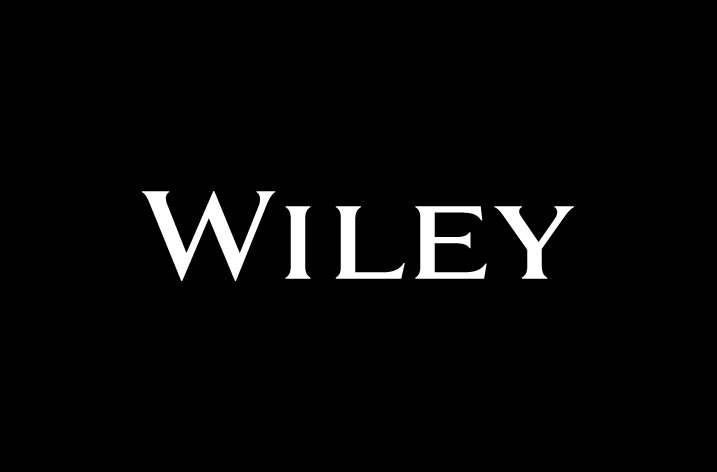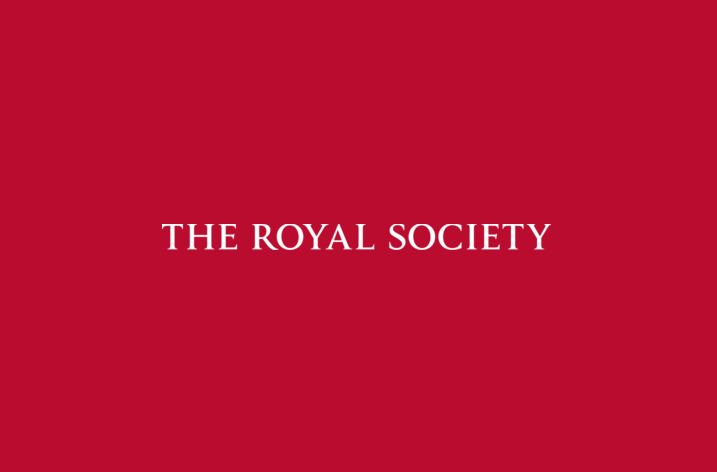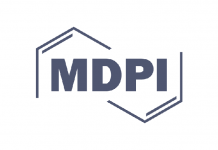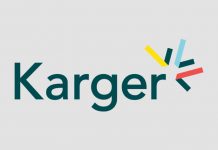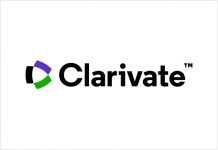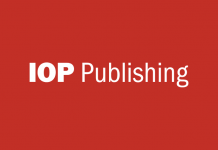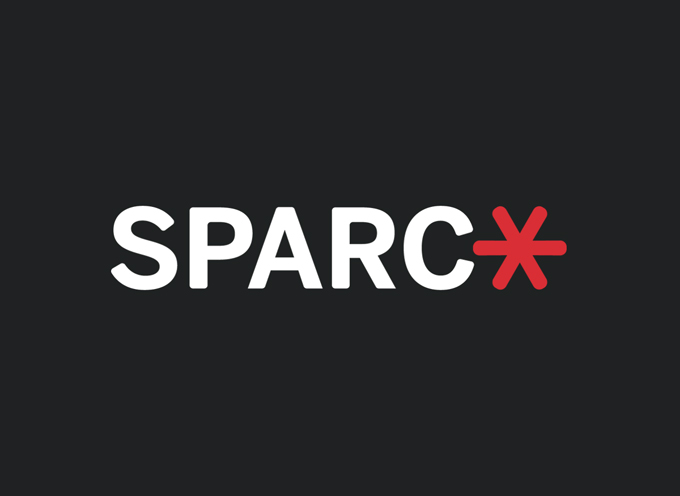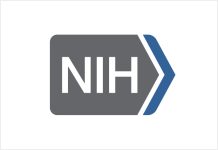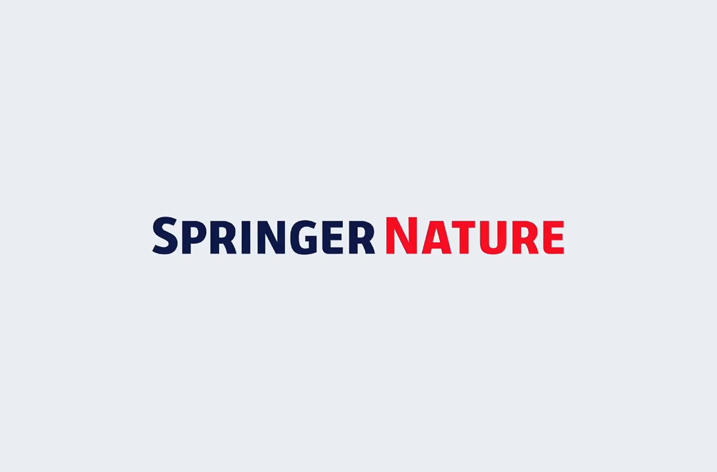
- Strong performance with 6% underlying 1 revenue growth and 10% underlying1 adjusted operating profit growth (AOP)
- Research is key growth driver (7%); Journals outgrowing the market
- Free cash flow up 51% to €204 million; leverage ratio reduced to 1.9x
- Continued progress on AI as a strategic priority
- Full-year 2025 guidance raised for both revenue and AOP
Springer Nature, a leading global science publisher, today announced strong results for the first half of 2025. On an underlying1 basis, group revenue rose by 6% and adjusted operating profit (AOP) by 10%. First-half revenue increased to €926 million and AOP to €241 million, supported by a favourable revenue mix. Growth was driven by the Research segment. Nearly all 2025 contract renewals have been completed and continued high submission volumes to the Journals portfolio have driven further above-market publication growth. Reflecting this strong performance, the company has raised its full-year guidance for both revenue and AOP.
Frank Vrancken Peeters, CEO of Springer Nature, said: “In the year Springer Nature celebrates its 10th anniversary we’re publishing more high-quality science than ever and continuing to enhance our services for authors and researchers — something we’re truly proud of. This strong first half performance, which outpaces the market, reflects our leadership in open access and the impact of our long-term technology investments.”
Research, the company’s largest segment, reported revenue of €731 million. The segment contributed most significantly to operating performance, with underlying[2] revenue growth of 7%. This was driven by the Journals portfolio and the continued momentum in open access (OA) globally. The number of published articles rose by approximately 10% across the whole portfolio and around 25% in Full Open Access (FOA) journals.
By mid-year, Springer Nature had completed nearly all its 2025 contract renewals and signed 17 transformative agreements to further accelerate the shift to OA. The company also launched 24 new journals and is preparing two additional Nature titles for early 2026. Digital book formats continued to grow, offsetting declines in print, with digital now representing about 70% of book sales.
The company continued to invest in a range of initiatives to support growth and ensure research integrity. It also maintained a focus on developing AI tools to transform the publication process, provide more value to communities and create new revenue streams. Among these tools is the new AI-powered Nature Research Assistant, which recently entered public beta testing. It is designed to make some of the most time-consuming parts of the research process, including reading and writing, quicker and easier.
In Health, revenue was €90 million. The underlying2 revenue growth of 4% was supported by strong performance in scientific affairs services following a refocus of the international pharma division and solid performance in the Dutch events and books business. Education revenue amounted to €105 million, with underlying2 revenue growth of 3% driven by strong performance in Curriculum, particularly in Latin America.
Free cash flow rose by €69 million to €204 million in the first half of the year, largely due to the improved operating performance and lower interest payments. The company further reduced financial leverage to 1.9x net debt to adjusted EBITDA, versus its target range of 1.5x to 2.0x. The adjusted net result in the first half of 2025 was €166 million, up from €113 million in the same period last year.
As a result of its strong performance, Springer Nature has raised its guidance for 2025. The company now expects revenue to be in the range of €1,930 million to €1,960 million and AOP between €540 million to €560 million. This guidance is based on the underlying performance, excluding effects from year-on-year changes in foreign currencies and portfolio.
Alexandra Dambeck, the company’s CFO, said: “Our updated guidance reflects the strong momentum we have seen in the first half of the year and the continued strength of our portfolio. We are also making clear progress in strengthening our balance sheet, supported by robust free cash flow, which gives us the flexibility to pursue sustainable growth and deliver value to our stakeholders.”


